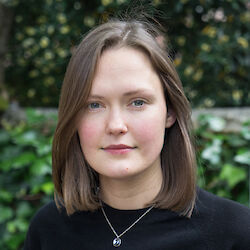Four art historians explore the permanent collection.
4 online lectures (for members only)
Share
Currently humanity is undergoing a time of transformation, and the 20th century was also a period of profound socio-political and cultural changes. Their effects makes themselves deeply felt in art too, with works of art becoming the documents that reflect such revolutionary shifts.
This course will shed light on these breakthrough moments and examine how artists and artistic movements seemingly paradoxically called today ‘classical modernism’, moved forward by experimenting and revolutionizing the idea of what art can be, and by finding radical and fresh ways to represent inner and outer reality.
A true artist is not one who is inspired, but one who inspires others.
Salvador Dalí
The art patron Peggy Guggenheim and her collection embody such a revolutionary character, making it the perfect springboard to discuss the radical shifts represented by art movements such as Cubism, Futurism, Orphism, Suprematism, Constructivism, De Stijl, Surrealism, American Abstract Expressionism, Art Informel and Op and Kinetic art, among others.
The course will pose numerous questions, namely why did a novel way of perceiving the world become inevitable for artists that marked the 20th century? Which elements brought about the birth of abstraction? Why were Dada and Surrealism created? Why was there, one might say, a necessity for them? Why was Abstract Expressionism and Art Informel so radical and how did these movements relate with traditions of the past? Ultimately, artists’ perspectives can inform and inspire us to transform our own reality both on a social and individual level.
January 24, 2022 - 7 p.m.Metaphors of Change: Surrealism and a New World Vision |
February 7, 2022 - 7 p.m. |
February 14, 2022 - 7 p.m.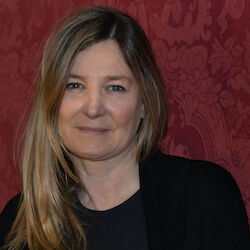
The 24th Venice Biennale, Peggy Guggenheim and Post-war Art: An International Discourse for Italian Artists
|
February 21, 2022 - 7 p.m.
Fluid Geometry: a Brief History of American Abstract Expressionism
|
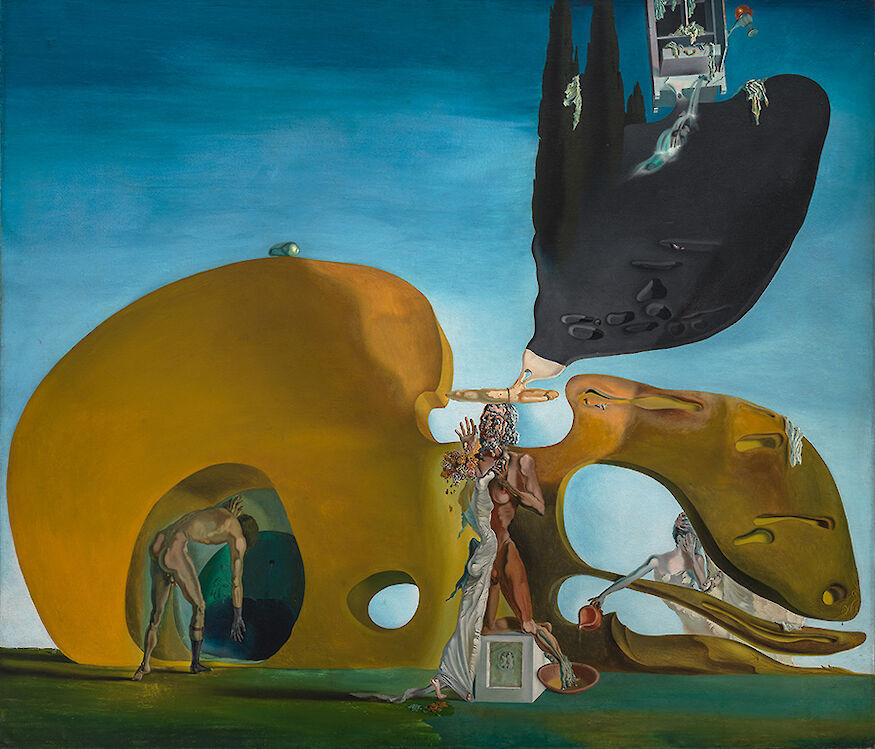
Peggy Guggenheim Collection, Venice
Metaphors of Change: Surrealism and a New World Vision
by Gražina Subelytė
January 24, 2022 - 7 p.m.
Online on Zoom platform
Originating in Paris in the aftermath of World War I, Surrealism was a literary and artistic movement that also imagined itself as a philosophy of life. The artists and writers associated with this movement rebelled against the cult of reason and the prevailing values in society. Instead, they embraced the supremacy of the imagination and championed dreams, desire, and the irrational. The lecture will explore the revolutionary aspect of the Surrealist art and ideas of Leonora Carrington, Max Ernst, René Magritte, Joan Miró, and Méret Oppenheim, among others. Each looked at art as a constant exploration of the ‘marvelous,’ a concept they believed would reinvigorate humanity at a time of struggle, anxiety, and profound socio-political change.
Gražina Subelytė is Associate Curator at the Peggy Guggenheim Collection, where she recently curated Rita Kernn-Larsen: Surrealist Paintings (2017), and 1948: The Biennale of Peggy Guggenheim (2018), and co-curated From Gesture to Form: Postwar European and American Art from the Schulhof Collection (2019), and Peggy Guggenheim: The Last Dogaressa (2019–20). Among other projects, she is currently curating Surrealism and Magic: Enchanted Modernity, scheduled to open on April 9, 2022. She authored the catalogue Hannelore B. and Rudolph B. Schulhof Collection (2016) and numerous essays and articles on modern art and in particular on Surrealism and its relation to magic and the occult. She completed her PhD at the Courtauld Institute of Art in London (2021).
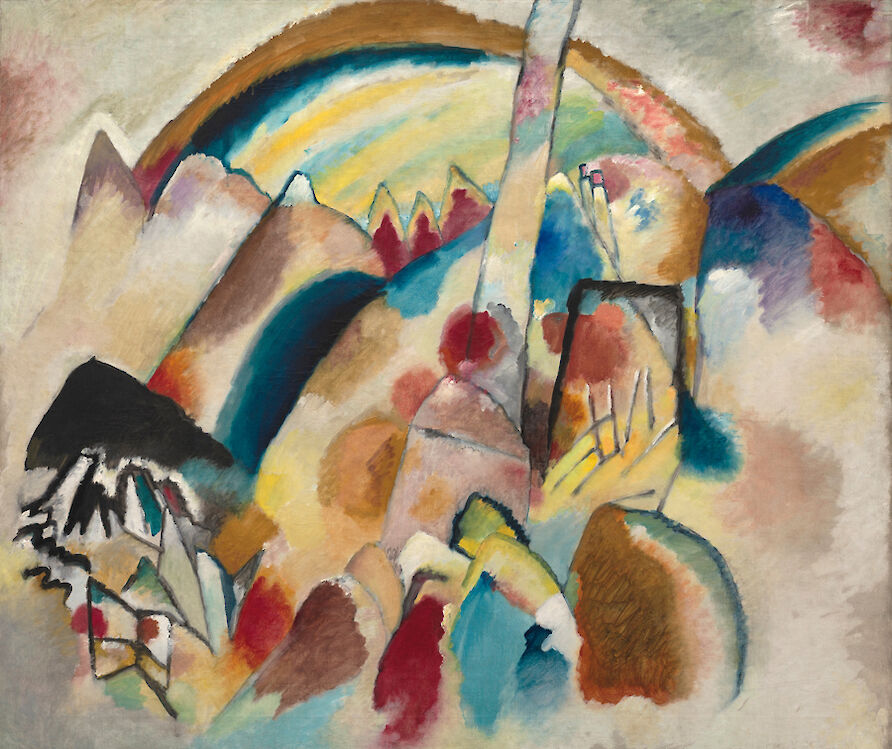
Peggy Guggenheim Collection, Venice
Balla, Duchamp, Kandinsky, Mondrian, and Picasso: five takes on reality, from the fragmented to the hidden object
by Giovanna Brambilla
February 7, 2022 - 7 p.m.
Online on Zoom platform
During the twenty-one years that stretched between 1866 and 1887, five great masters were born. Their work would radically change the relationship between the artist, the canvas and reality. In Russia, Italy, Spain and the Netherlands, a great spirit of enquiry emerged, finding its most lively expression in Paris, which lasted from the first decade of the 20th century until the end of the First World War. Giacomo Balla, Marcel Duchamp, Vasily Kandinsky, Piet Mondrian, and Pablo Picasso assimilated impressionist and postimpressionist art quite rapidly, before moving on and never looking back. Visual art, particularly painting, began to express new dimensions, fueled by the novel ideas of contemporary scientific and philosophical thought. The struggle between canvas and object was explored in five different directions, each however maintaining a subtle connection with the others. Art would never be the same, as the basis for contemporaneity had been established. Peggy Guggenheim understood this with no uncertainty, the reason for which some of the iconic works of art that partook in this shift, and are crucial in explaining it, found a place in her collection. .
Giovanna Brambilla is an art historian and the head of the Education Department at GAMeC, the Galleria d’Arte Moderna e Contemporanea, Bergamo. Her main focus in this role is the relationship between the museum and the public, particularly the theme of accessibility and inclusion. She is a lecturer of the Master’s degree in Economia e Management dei Beni Culturali, run by the Sole24Ore Business School, and of the Servizi Educativi per il patrimonio artistico, dei musei e di arti visive Master’s degree at the Università del Sacro Cuore, Milan. She is also a lecturer in iconology at the Accademia di Belle Arti, Siracusa. Since 2020, she has been a member of the Commissione Diocesana Arte Sacra di Bergamo. A member of ICOM, her main research interest is the intersection of art and society seen through images. Her essay Soggetti Smarriti. Il Museo alla prova del visitatore (Milan: Editrice Bibliografica, 2021) explores the relationship between museums and the public. Her recent publications, Inferni. Parole e immagini di un’umanità al confine (Bologna: EDB, 2020), and Mettere al mondo il mondo. Immagini per una rinascita (Milan: Vita & Pensiero, 2021), on the other hand explore the relationship between society, iconography and religion.
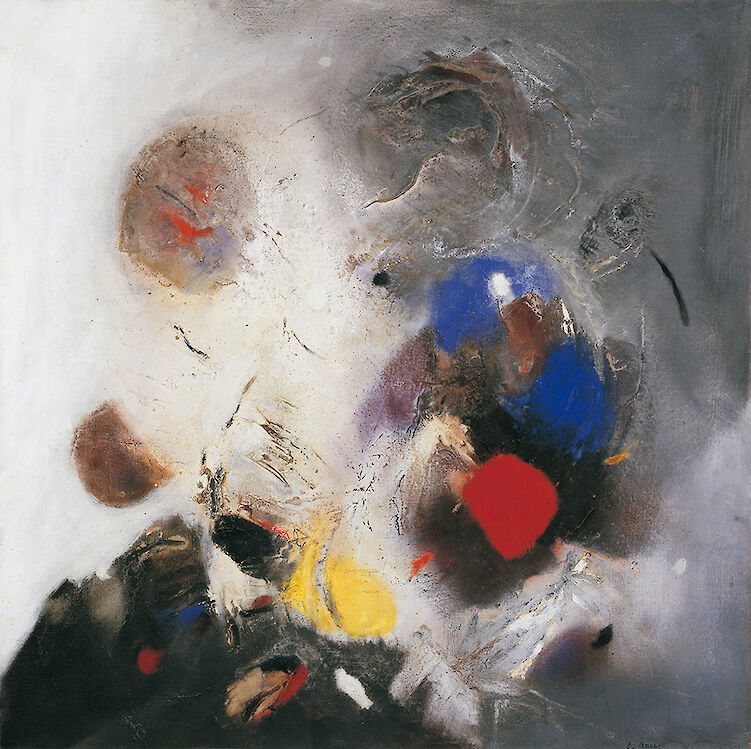
Peggy Guggenheim Collection, Venice
The 24th Venice Biennale, Peggy Guggenheim and Post-war Art: An International Discourse for Italian Artists
by Chiara Bertola
February 14, 2022 - 7 p.m.
Online on Zoom platform
The first post-war Venice Biennale, inaugurated on June 16, 1948, was a Biennale of cultural and artistic ‘rebirth’ for Italy after two decades under a dictatorial regime. What made that Biennale memorable, besides the first Pablo Picasso retrospective, was the exhibition of Peggy Guggenheim’s collection, a watershed event that played a major role in the modern and contemporary Italian and international art scene. The 1948 Biennale gave rise to new ideas and tendencies promoted by key figures who were active in both Venice and Milan, such as the gallerist Carlo Cardazzo, who operated the Cavallino gallery in Venice and the Naviglio gallery in Milan. The talk will also address the role of the emerging Italian art scene in the developing international avant-gardes fostered by insightful collectors such as Peggy Guggenheim, who supported Italian artists and the circulation of their art worldwide.
Chiara Bertola has been curator of the contemporary art project Conservare il futuro at the Fondazione Querini Stampalia, Venice, since 1999. Co-founder of the Venice Gardens Foundation (2014), she devised and curated the Premio Furla for young Italian artists (2000–15). She was the artistic director of Hangar Bicocca, Milan (2009–12), and president of the Fondazione Bevilacqua La Masa, Venice (1996–98). She co-curated the Padiglione Venezia at the Biennale di Venezia (2007), the 15th Quadriennale di Roma (2008), and numerous exhibitions in Italy and abroad. She published Curare l’arte (Mondadori/Electa, 2008), Terre vulnerabili – A Growing Exhibition on Hangar Bicocca (Corraini, 2011), and will soon publish “Un lungo cammino lungo la cura dell’arte” and “Conservare il futuro” on the art project at the Querini Stampalia.
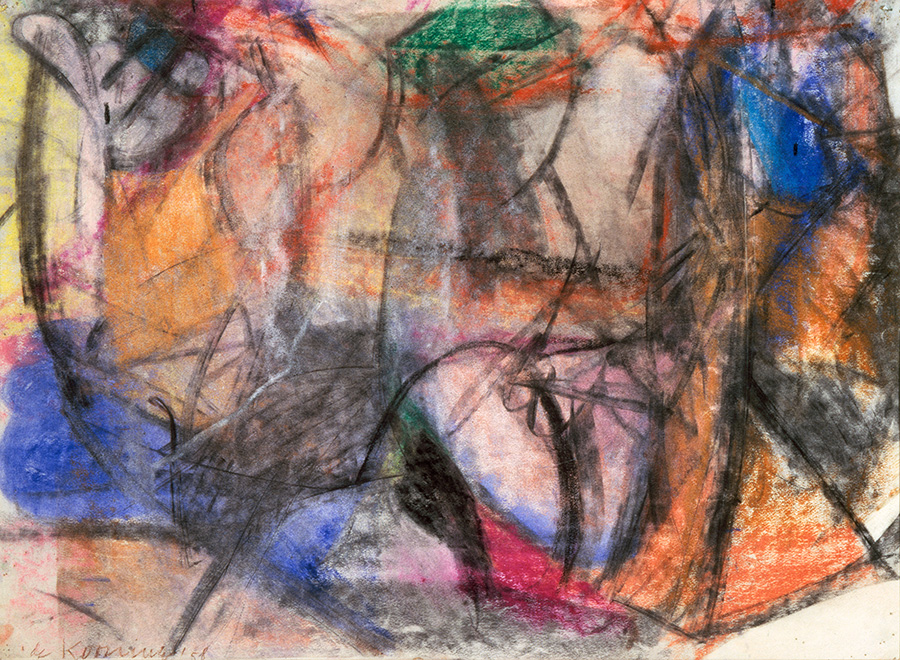
Peggy Guggenheim Collection, Venice
Fluid Geometry: a Brief History of American Abstract Expressionism
by Flavia Frigeri
February 21, 2022 - 7 p.m.
Online on Zoom platform
Abstract Expressionism was one of the main post-war art movements. It focused on the desire to affirm the artist's individuality through an abstract pictorial language and revolved around the city of New York, where artists such as Willem de Kooning, Helen Frankenthaler, Franz Kline, Lee Krasner and Jackson Pollock experimented and created surprising works of art with dynamic interactions of colors. The talk will look at the crucial role played by Peggy Guggenheim in promoting Pollock's work and examine the different aspects of American Abstract Expressionism as expressed in the works of its renowned artists.
Flavia Frigeri is and art historian and Chanel Curator for the Collection at the National Portrait Gallery, London. She was Teaching Fellow at the Art History Dept. Of UCL London (2016–20), and professor at the Master in Contemporary art at Sotheby’s Institute. Previously she was Curator for International Art at Tate Modern, London, where she co-curated The World Goes Pop (2015) and Henri Matisse: The Cut-Outs (2014), among others.
How to participate
- Lectures are in Italian, last one hour, and are streamed online on Zoom via a link which will be emailed to those who have enrolled.
- Members only can enroll.
- The lecture series is available with a donation of €50.
- Participation in a single lecture is not available.
- Enrollment after the first lecture and recordings of missed lectures are available.
Lectures are open to members of the Peggy Guggenheim Collection only.
The lecture series is offered for free to corporate members’ employees to celebrate 30 years of the group Guggenheim Intrapresæ.
IF YOU ARE A MEMBER
*Payment by credit card only. Charitable donations to The Solomon R. Guggenheim Foundation, Venice branch, are tax-deductible for IRPEF and IRES according to D.L. 35 on 14/03/05.
Would you like to give it as a gift?
IF YOU ARE A CORPORATE MEMBER’S EMPLOYEE:
Fill in the following form. You will receive a confirmation email.
